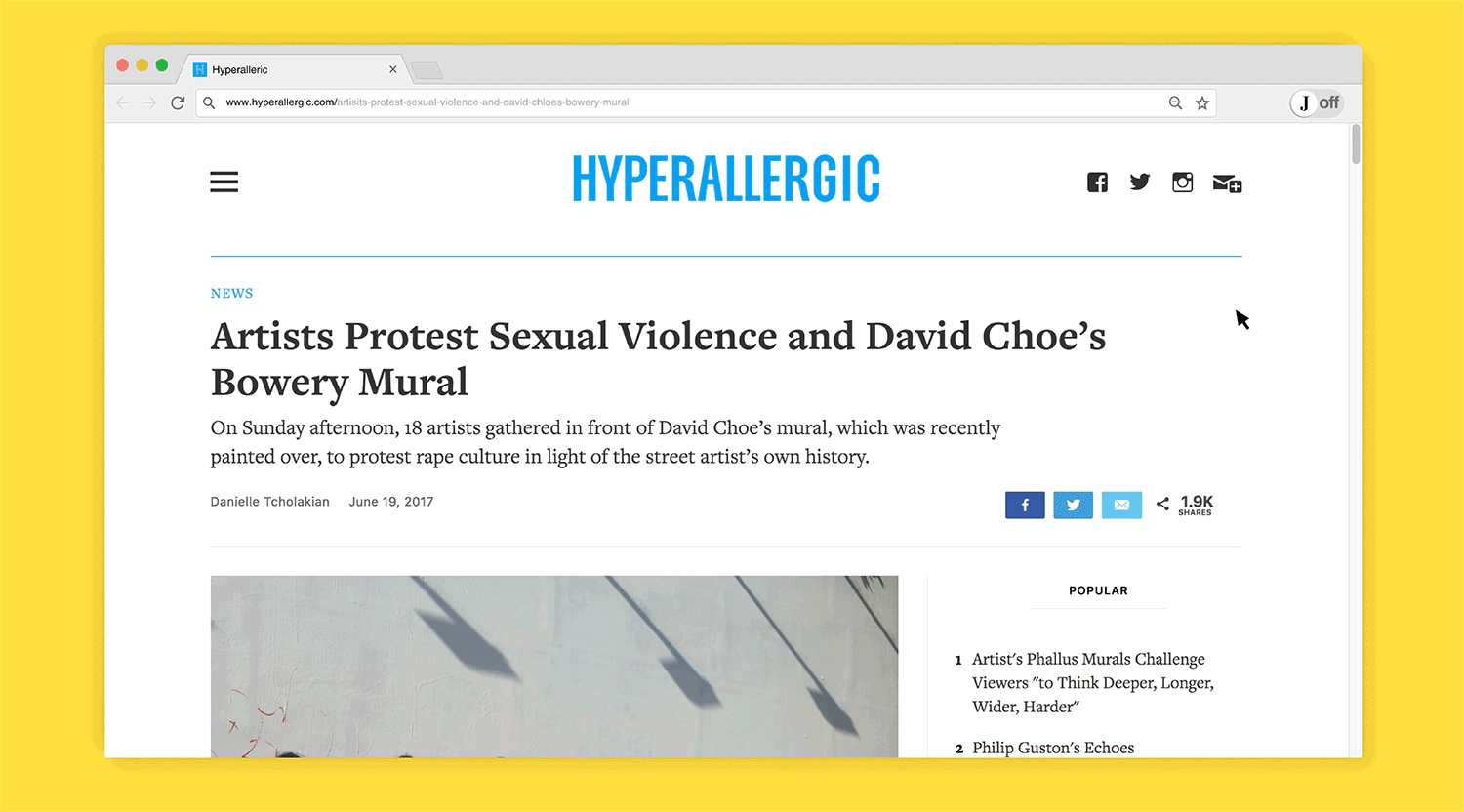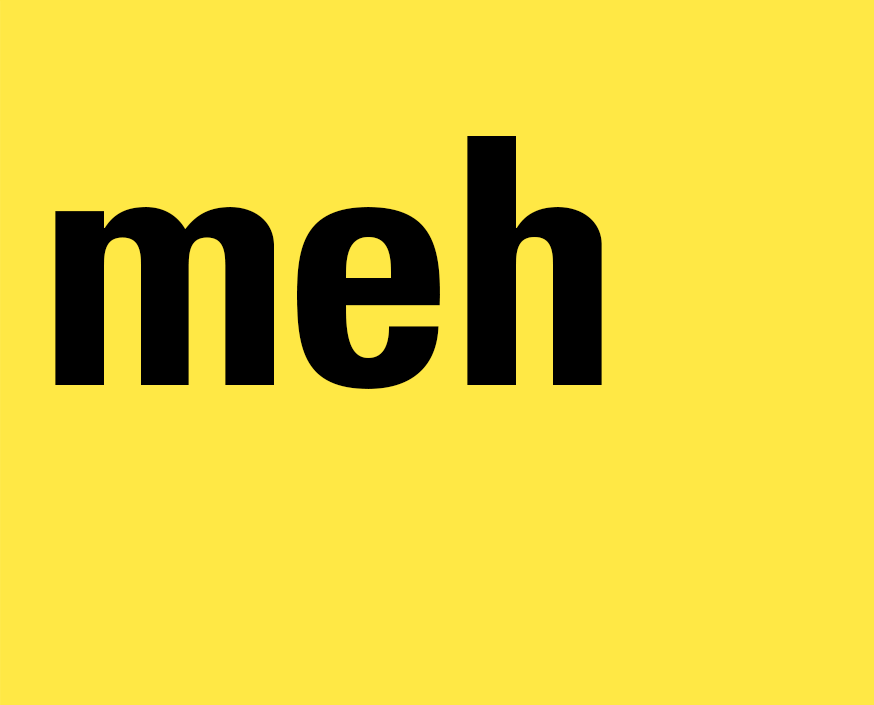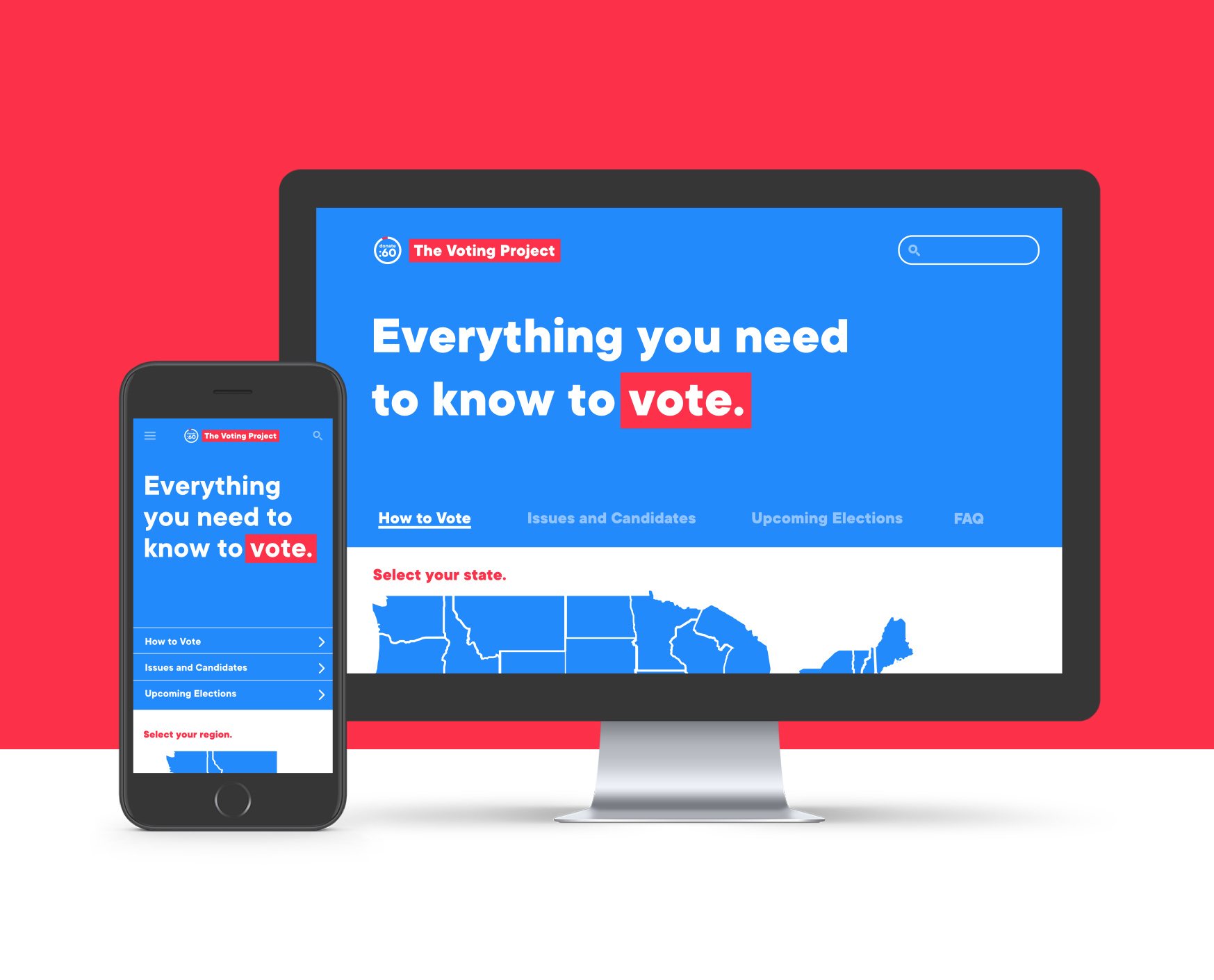Background
Description: This project is a case study for a product that encourages users to learn more about the authors of articles they read on the internet. I worked on this project in collaboration with two students in the
Tools: Figma, Sketch, Principle, Illustrator, Photoshop, After Effects, Google Drive, Slack, Google Hangouts, pens and paper.
Team:

Talia: Journalist and Designer

Jorge: Journalist and Designer

Sophia: Experience Designer
Process Summary:

Problem Statement
Readers of news articles often have little to no information about who wrote the article, this person's point of view and how reliably they can tell the story.
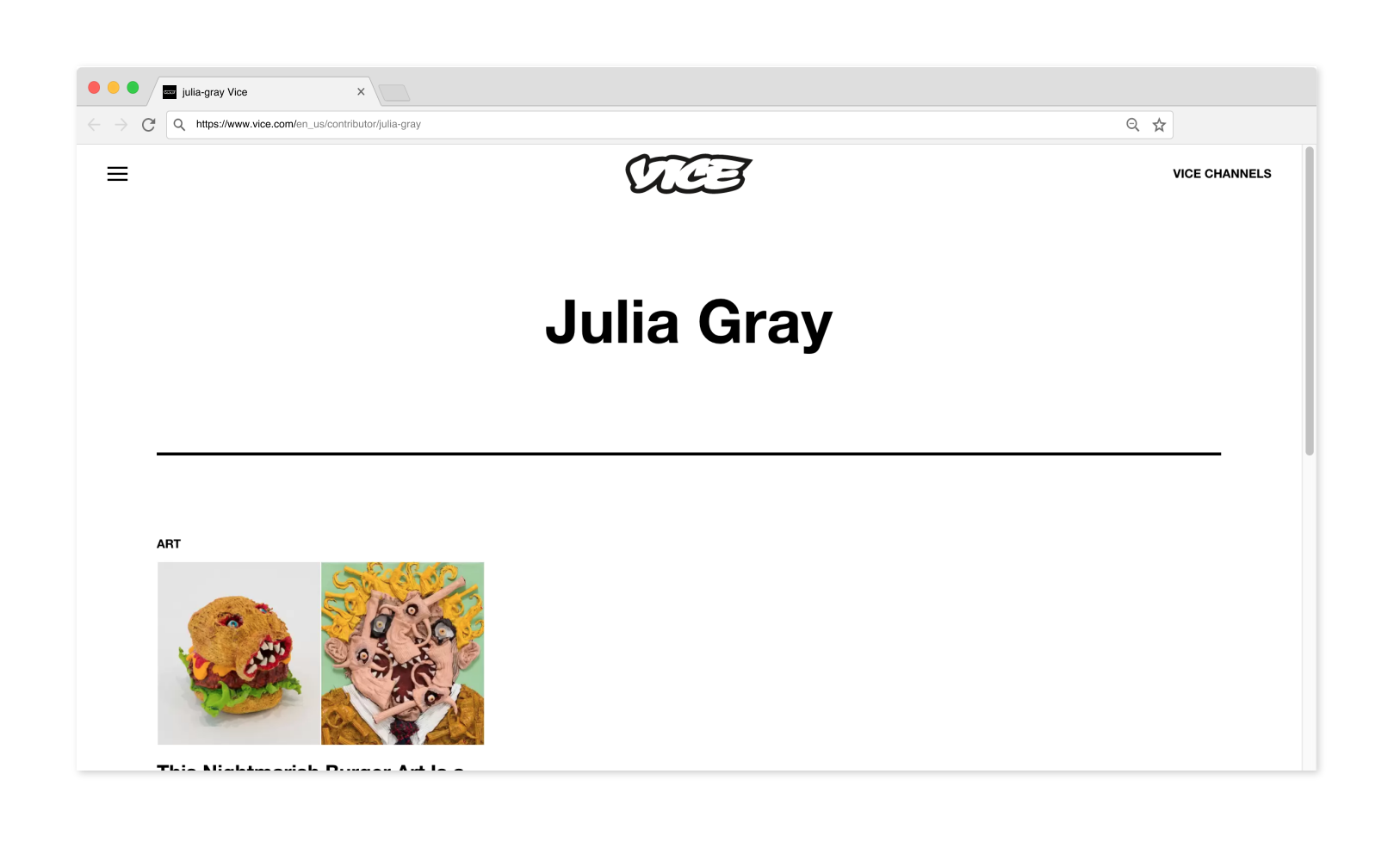
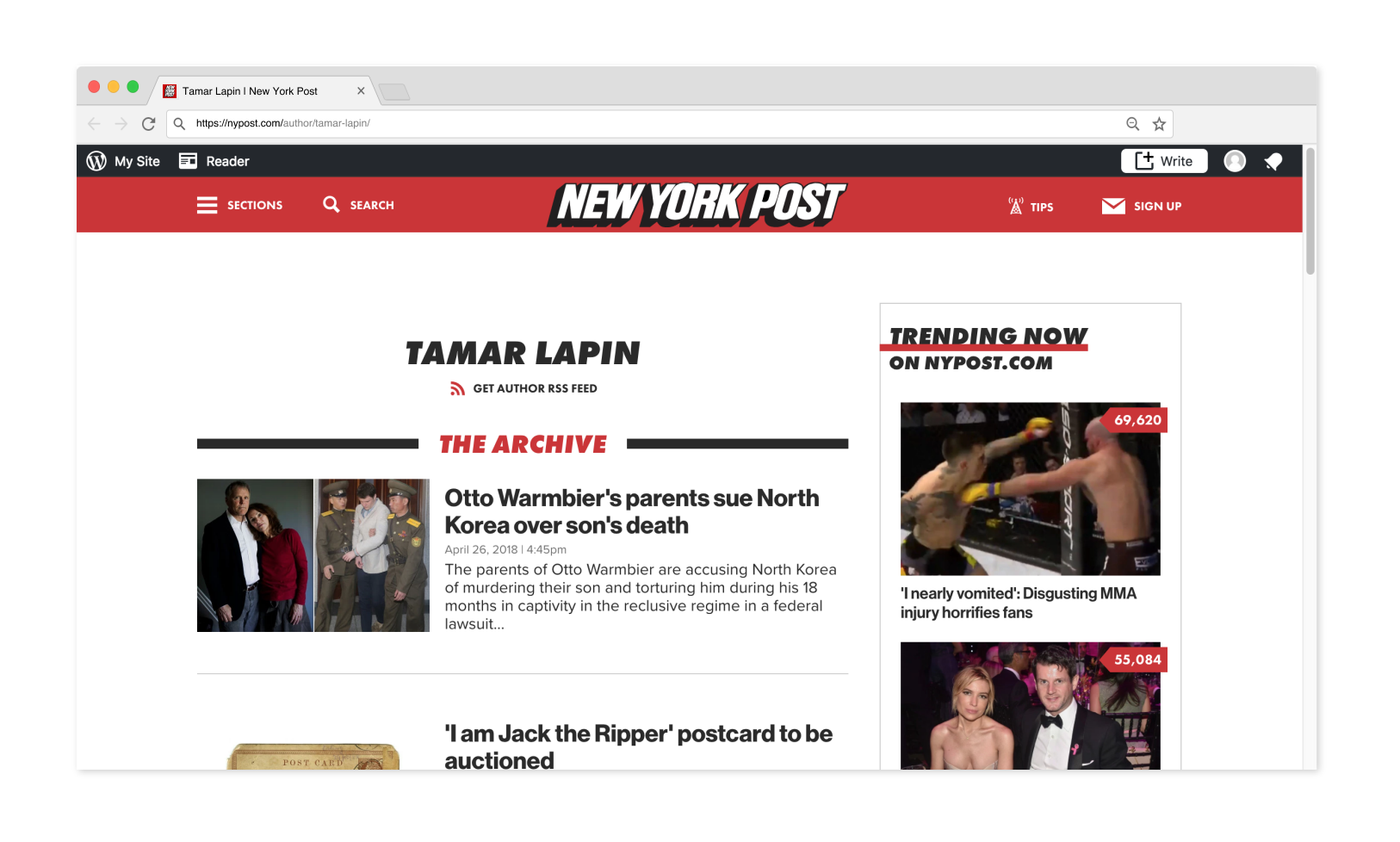
News articles usually provide readers with a byline attributed to the content creator/s. How do we determine whether a journalist’s credentials are legitimate? Credibility is often connected to the publication a journalist works for. While credibility should be applied here, there should be more pressure on how stories are assigned and who can reliably tell what story. Even if news organizations may be covering more diverse topics, the authorship may not necessarily reflect the same levels of diversity and that’s a problem. Marginalized voices aren’t being represented. News media publications do a poor job of providing consumers with a quick and easy way to get in contact with journalists and supply more context.
Ideation
I came up with a few concepts for solutions to the problem that my teammates had proposed.
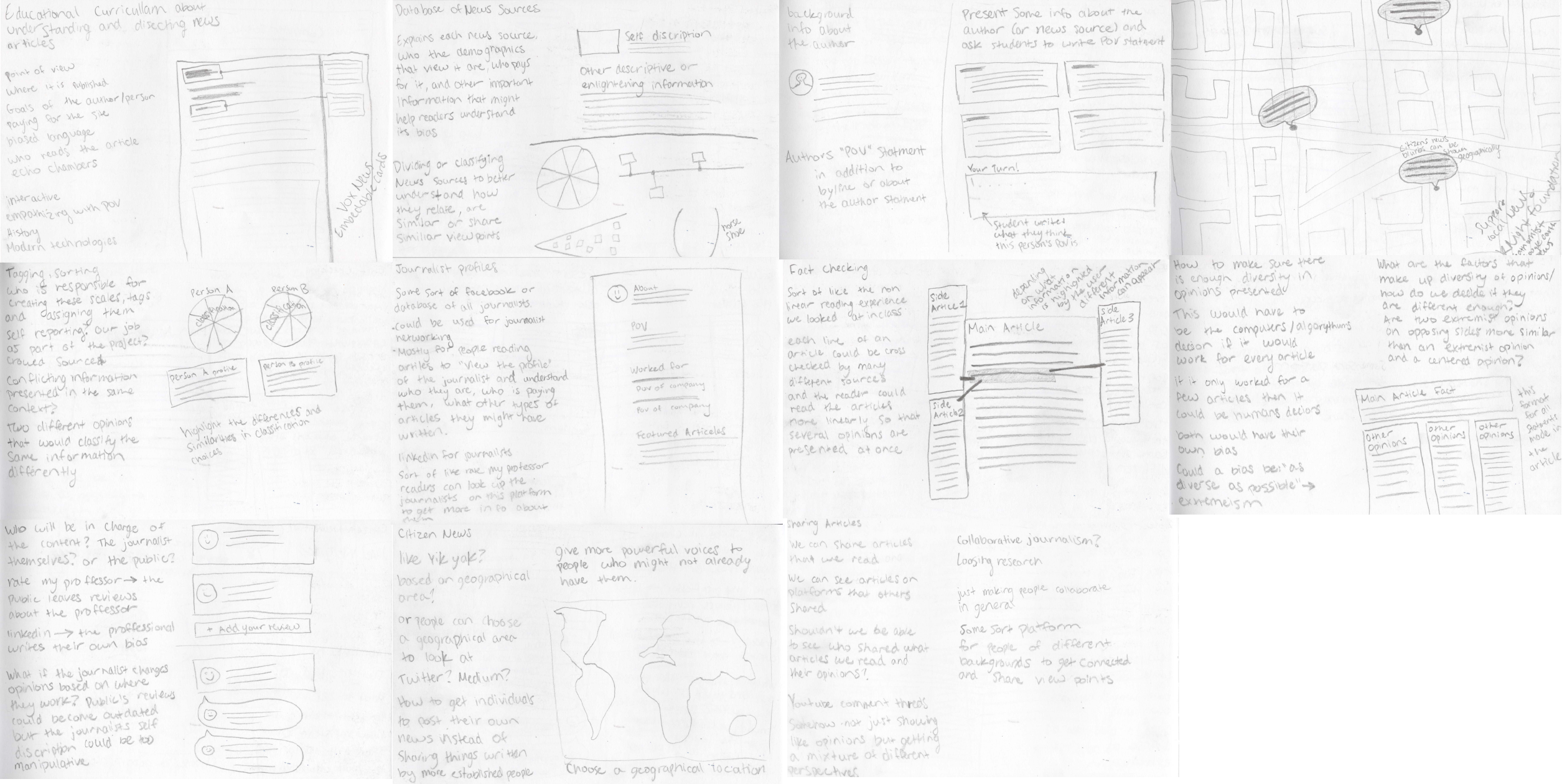
Wireframes
After discussing these ideas, we decided to move forward with an idea to create a chrome-esque plugin that provides more information on the author of articles such as their specialities, education, social media and other articles that they had written as well as a speculative “database of all journalists”.


JournalBase
Users can hover over the name of an author and see a pop up with information about the authors background such as their education, current employment, beat and other articles that they have written.
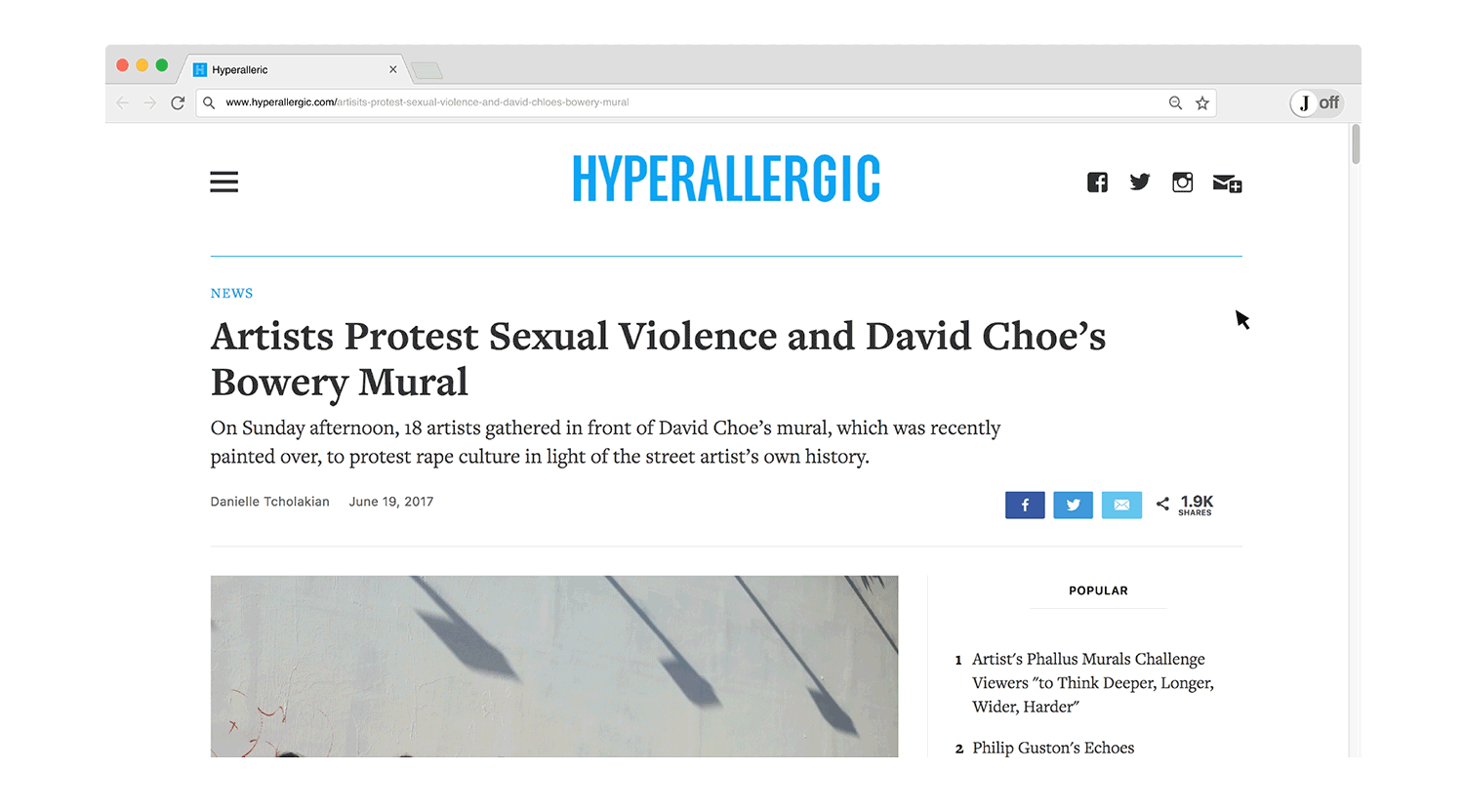
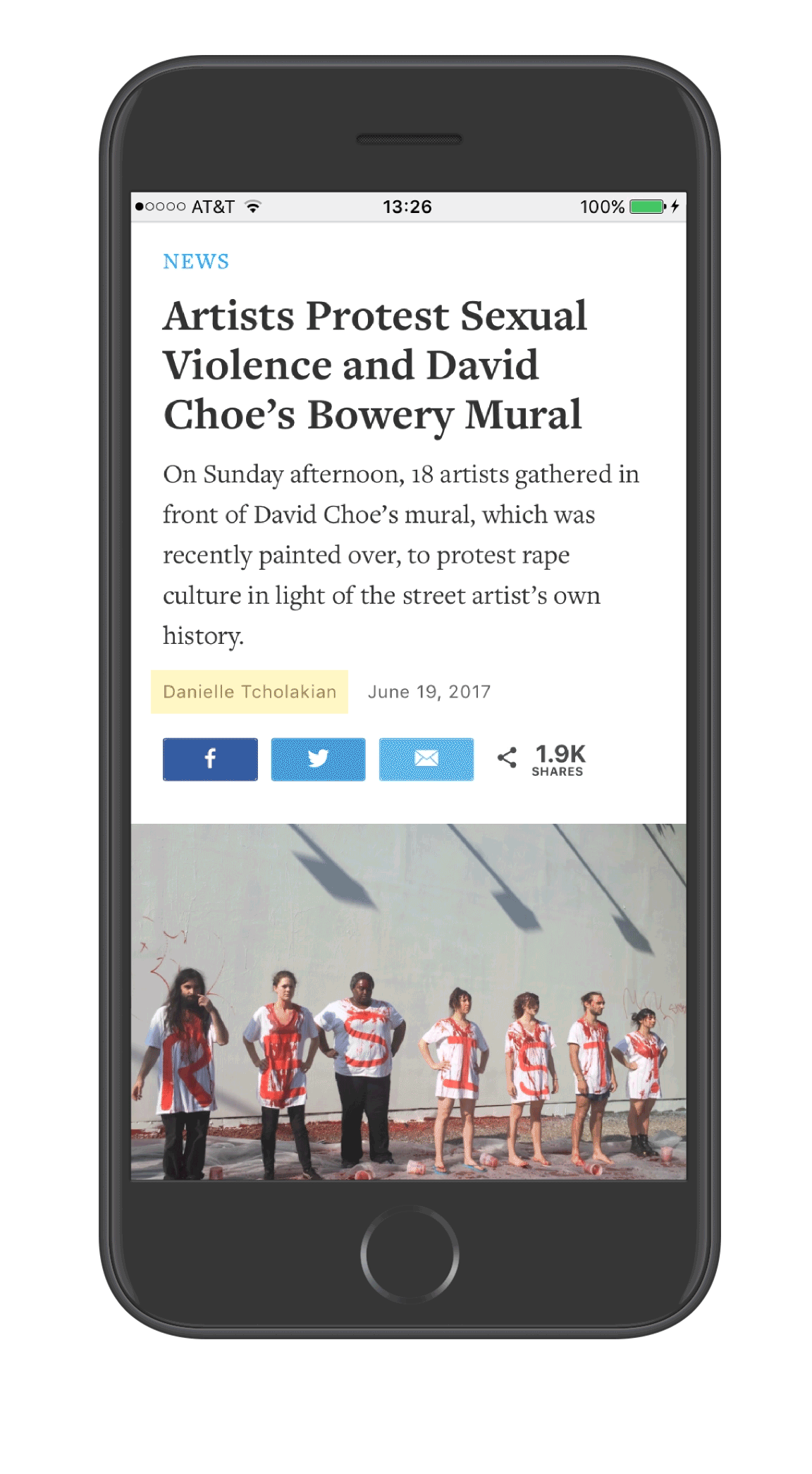
This is a speculative design for how this could translate to a mobile website. Even though browser plugins are not available for mobile yet, the pop up would function similarly.
The user can also view featured journalists and search for journalists on the app or website.
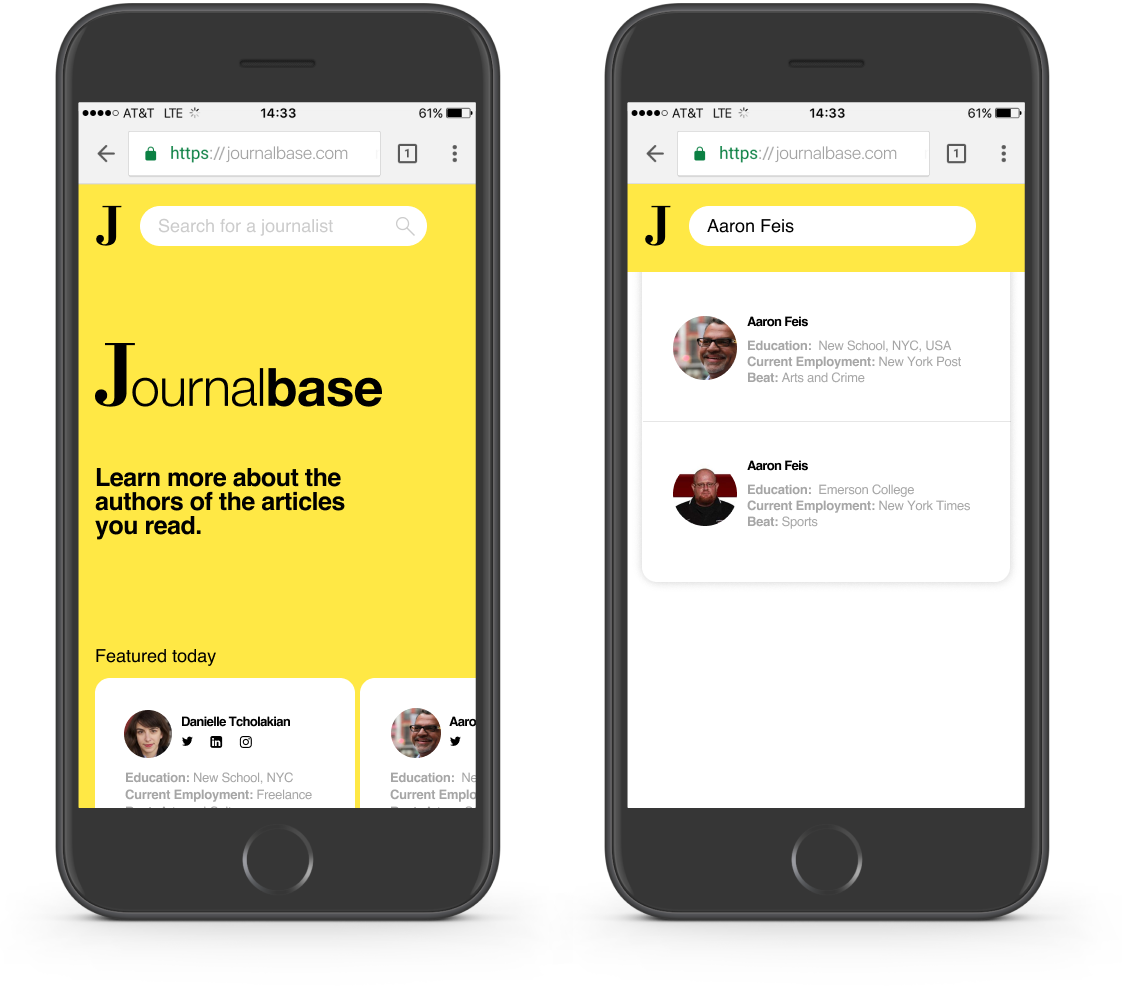
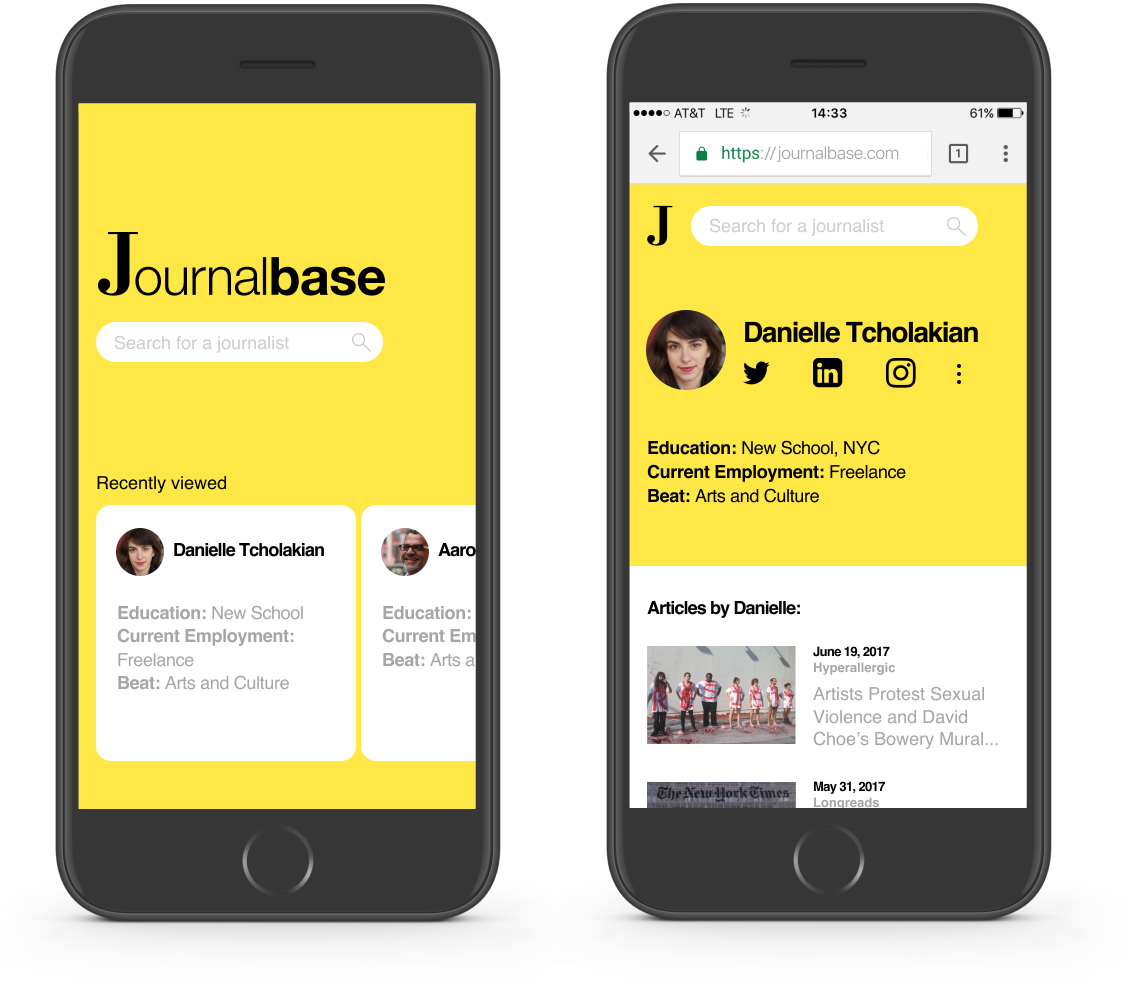
Journalbase has a website and an app. The website can be used when a user is reading articles online and the app can be used when a user is reading articles on a news app.
If a journalist wishes, they can claim limited editing privileges to their profile by verifying their identity. However, their changes must be approve to prevent journalists from skewing the information on their profiles.
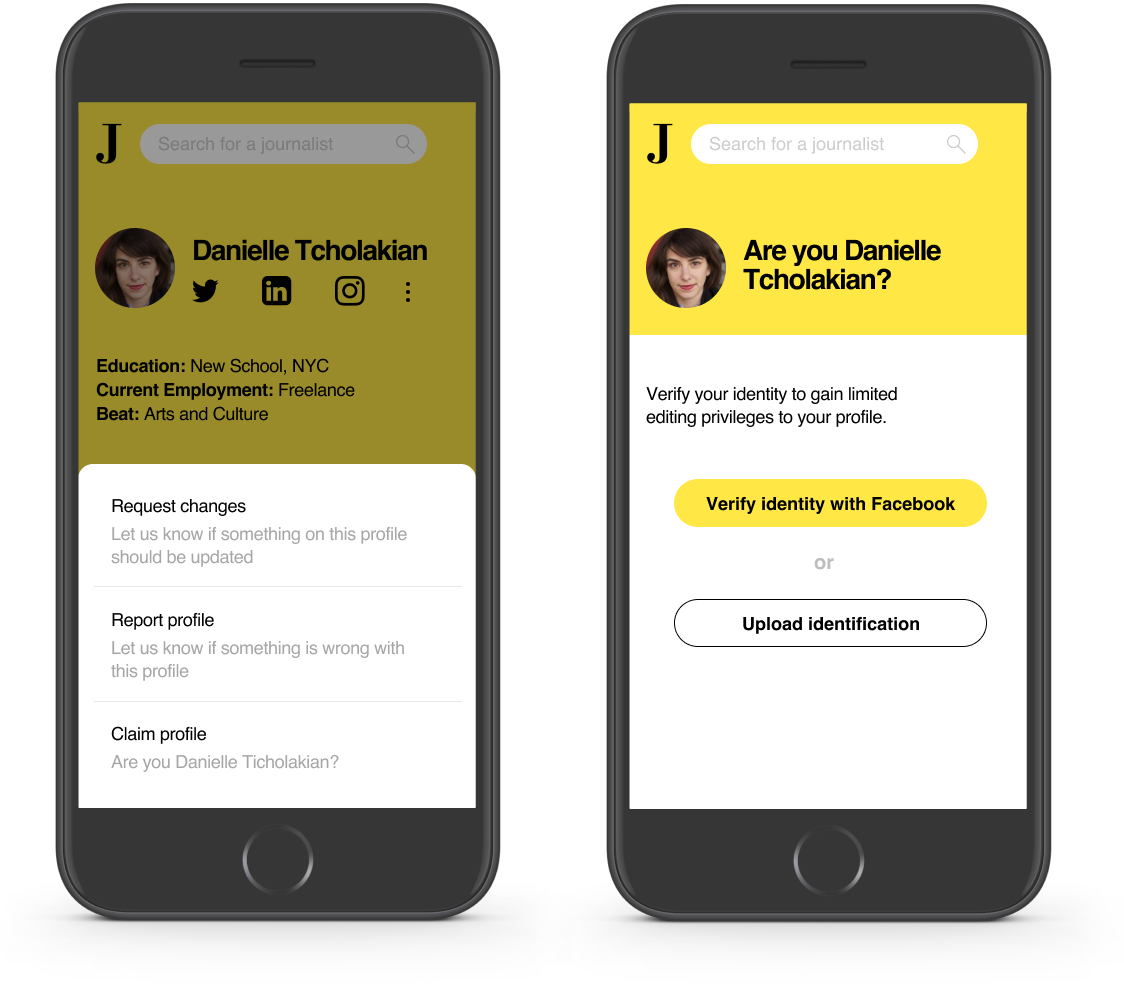
User Flow
A user might be reading an article on a news app and want to learn more about the author. They can tap on the highlighted named a pop up preview will appear. The user can easily close this pop up and go back to reading their article. The user can also tap on the name of the author and see more in-depth information about the author in the JournalBase app.
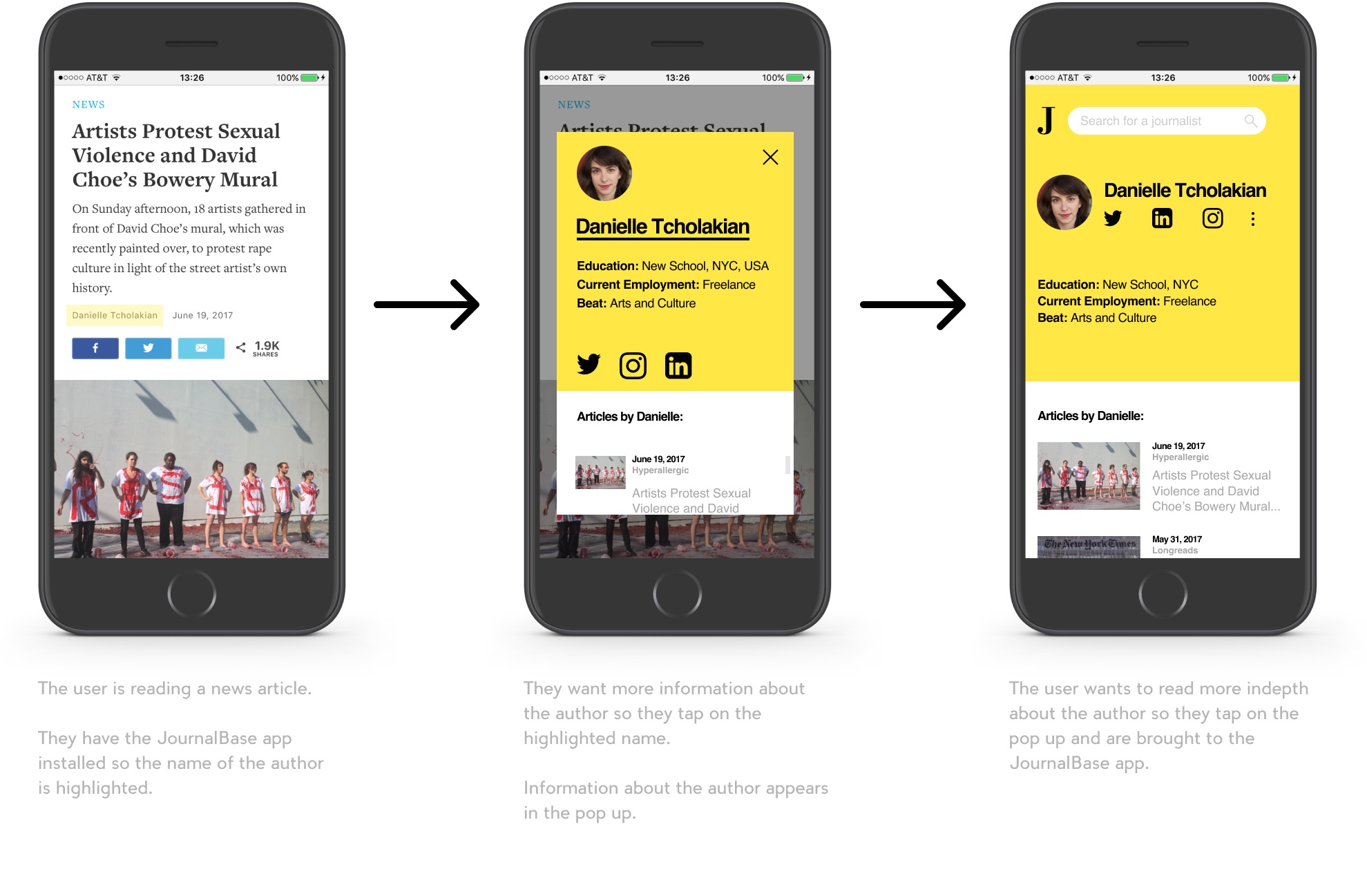
Reflection
During this project I learned about many of the ethical and user experience design problems that journalists, news companies and readers face. We also thought a lot about transparency and expectations for transparency in this information age. Journalbase as proposed above, could potentially cause more problems in terms of discrimination or harassment against journalists. Remaining questions include: how will the information will be collected? Who is considered a journalist and who is not? What can we do for sites that already give clear information about journalists? What information is important to include about each journalist? How could a database of all journalist be used in other ways? What options should there be for sorting or filtering the information in this database? I also practiced collaborating with teammates who were in a different city than me and learned a lot about communication with teammates and understanding each others point of views.
